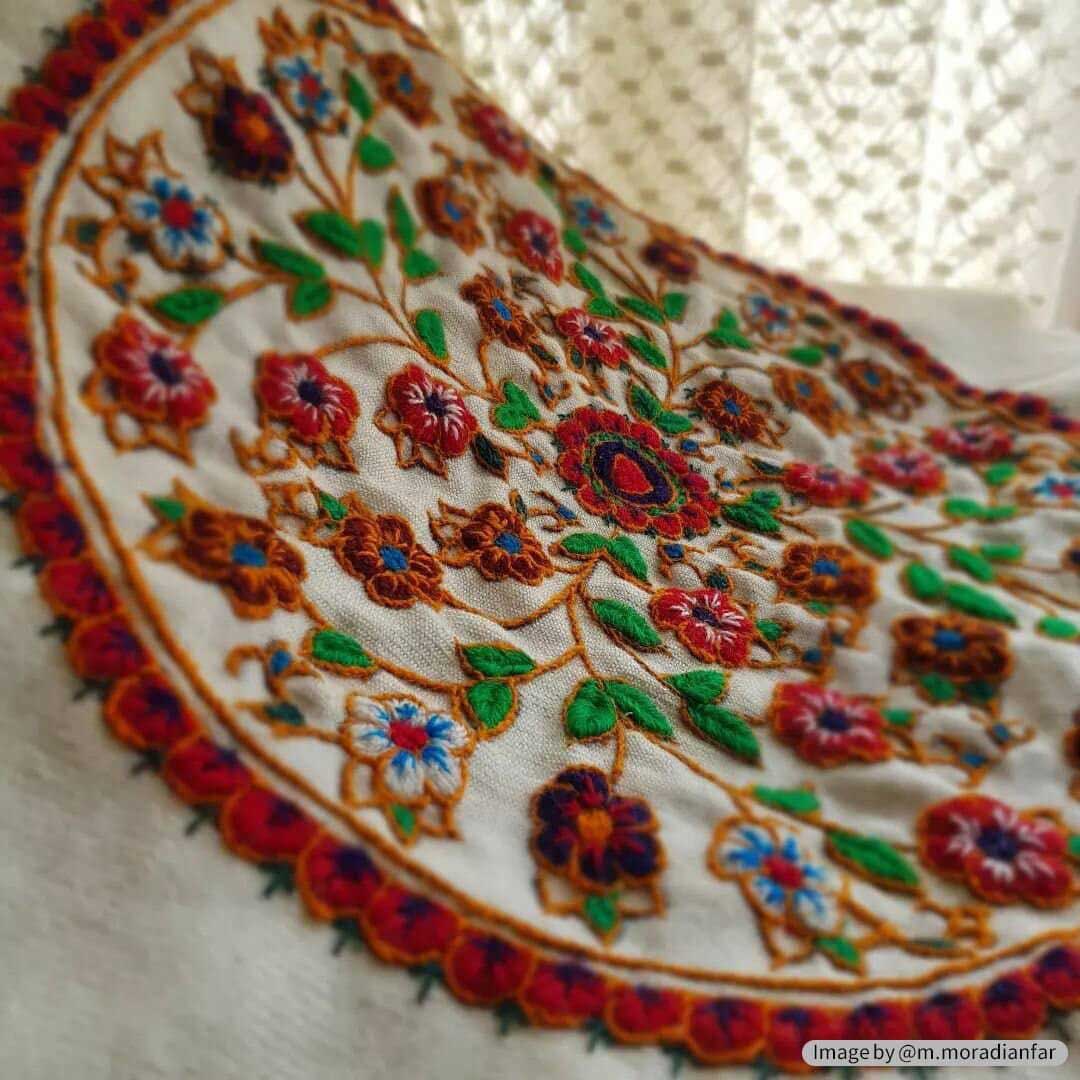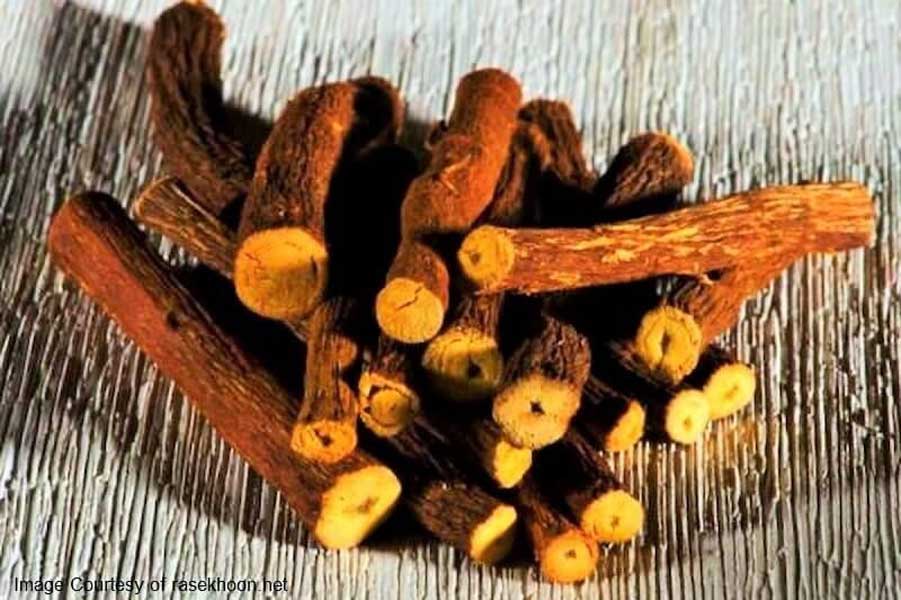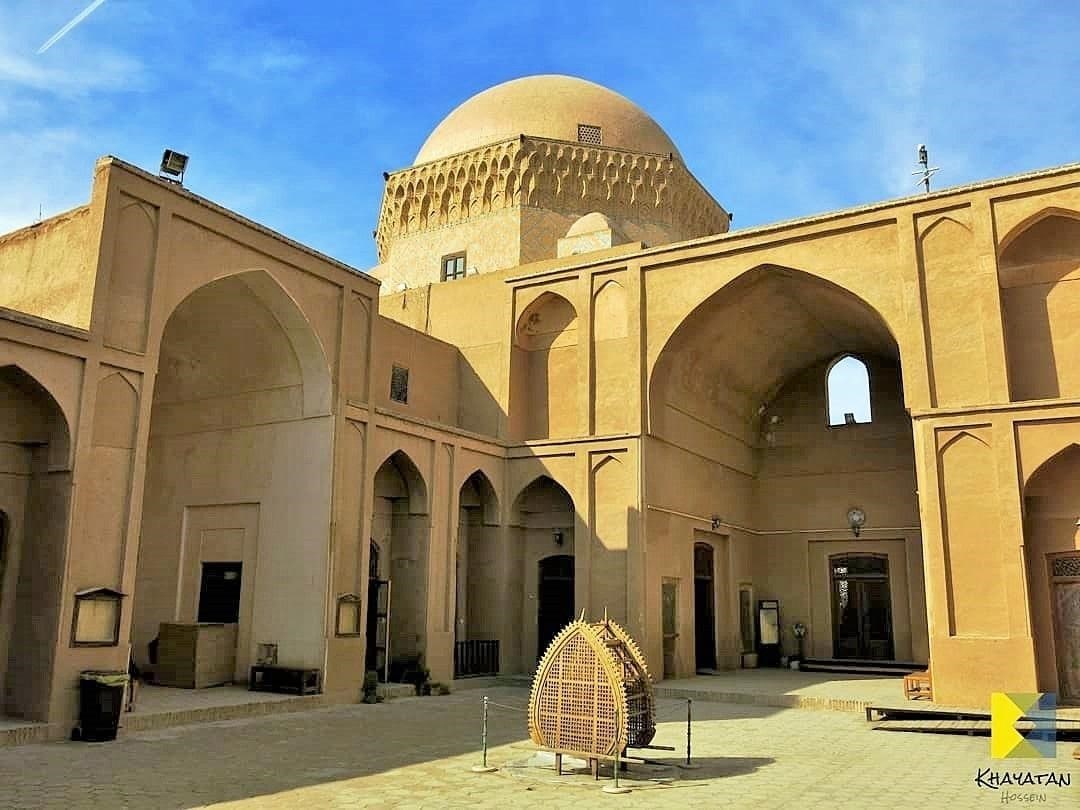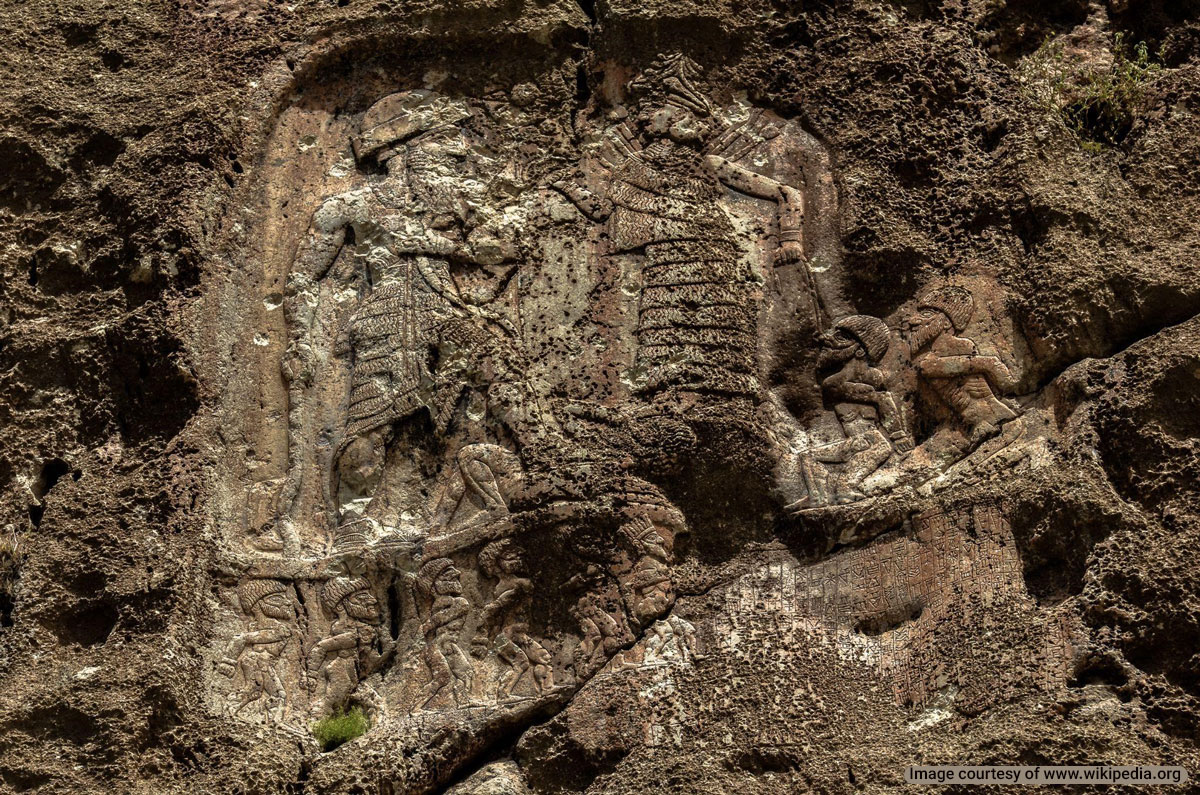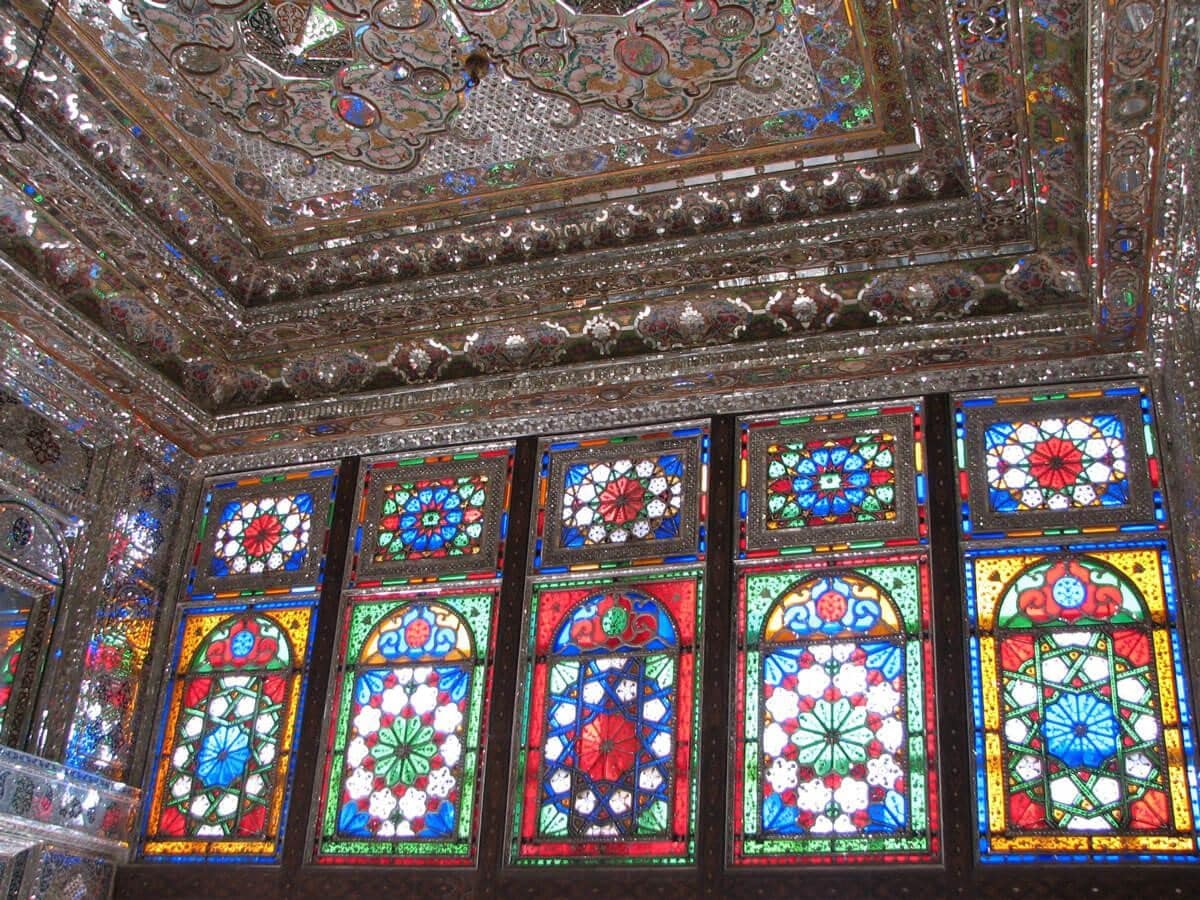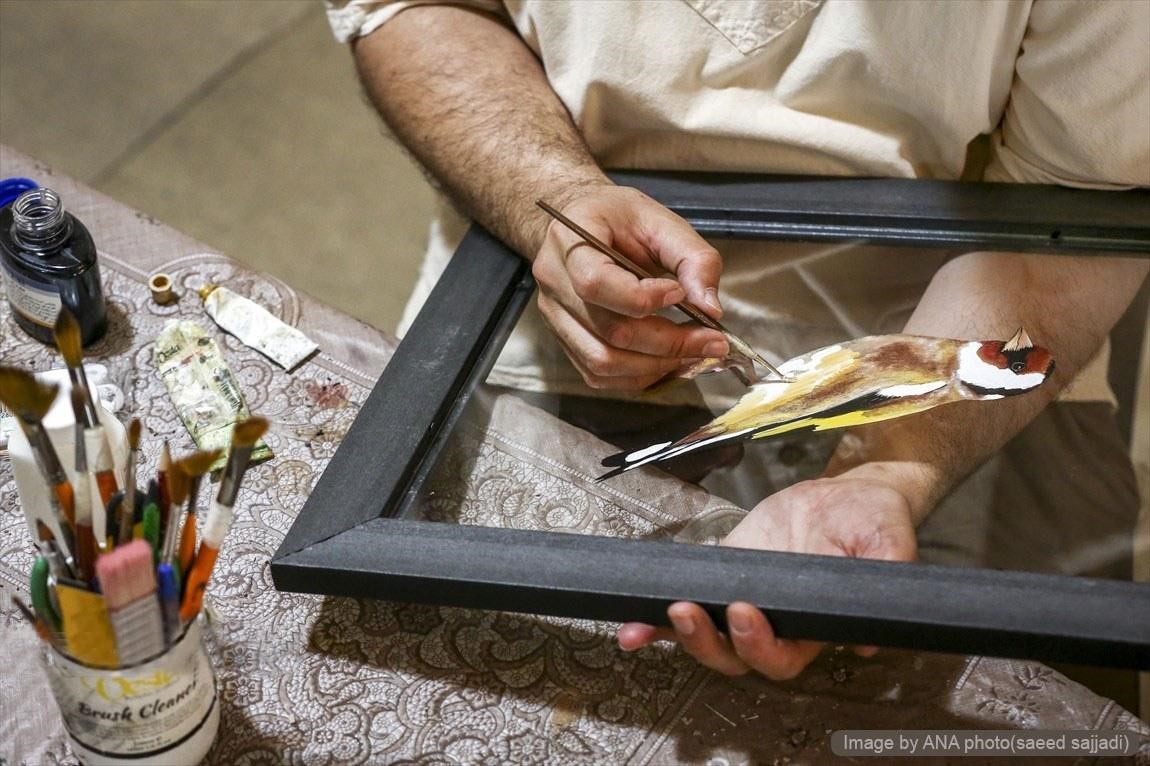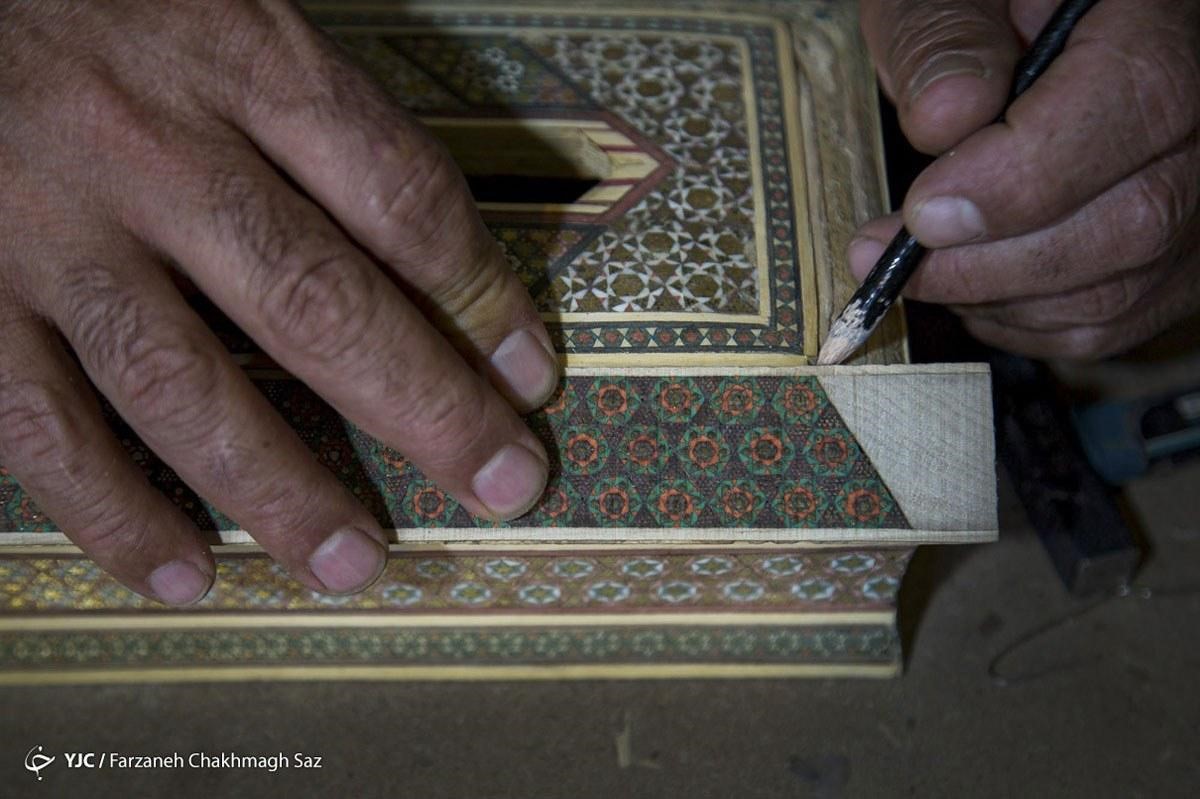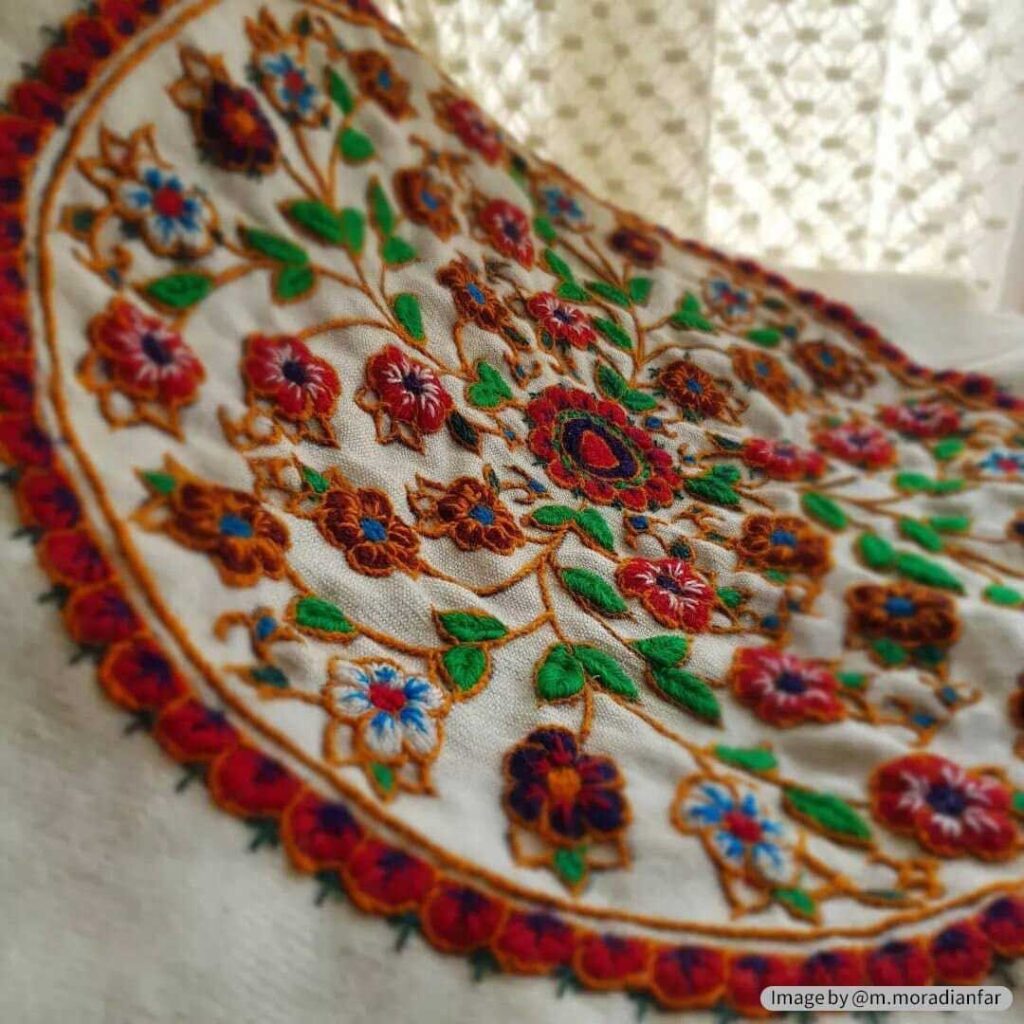
Pateh Douzi (traditional needlework) and embroidery art in Iran are some of the most beautiful traditional arts among Iran Handicrafts which are only a few centuries old. The first known example of Pateh Douzi dates back to the 12th century AH (19th century AD). The said Pateh art was embroidered with silk thread needlework on fabric and decorated with various Paisley designs including Boteh Jegheh, Ghahr-o-Ashti, etc. Embroidery art and Pateh weaving needlework are some of the famous handicrafts popular in Kerman province of Iran.
What is Pateh Douzi Embroidery Art?
The art of weaving Pateh is one of the traditional styles of embroidery in Iran, which is applied on thick woolen fabrics. The word “Pott” itself means wool and fluff. Pateh Douzi is also called “Fatteh Douzi” and “Selseleh Douzi”. Special Pateh fabrics are called “Ariz (wide)”. Most artists engaged in the art of Pateh embroidery in Iran are women and girls. Using a needle, they embroider their abstract ideas on the fabric.
What is the Special Pateh Embroidery Thread?
The threads used in this traditional style of embroidery are very colorful. Some believe that the motifs and colors used in Pateh art are the embodiment of the tears, smiles, and happiness or sadness of the embroidery artist.
Threads that are commonly used for embroidery art in Iran include:
- Woolen threads, silk thread, Gulabtun (silver and gold braid) thread.
Pateh Douzi Thread Color Palette
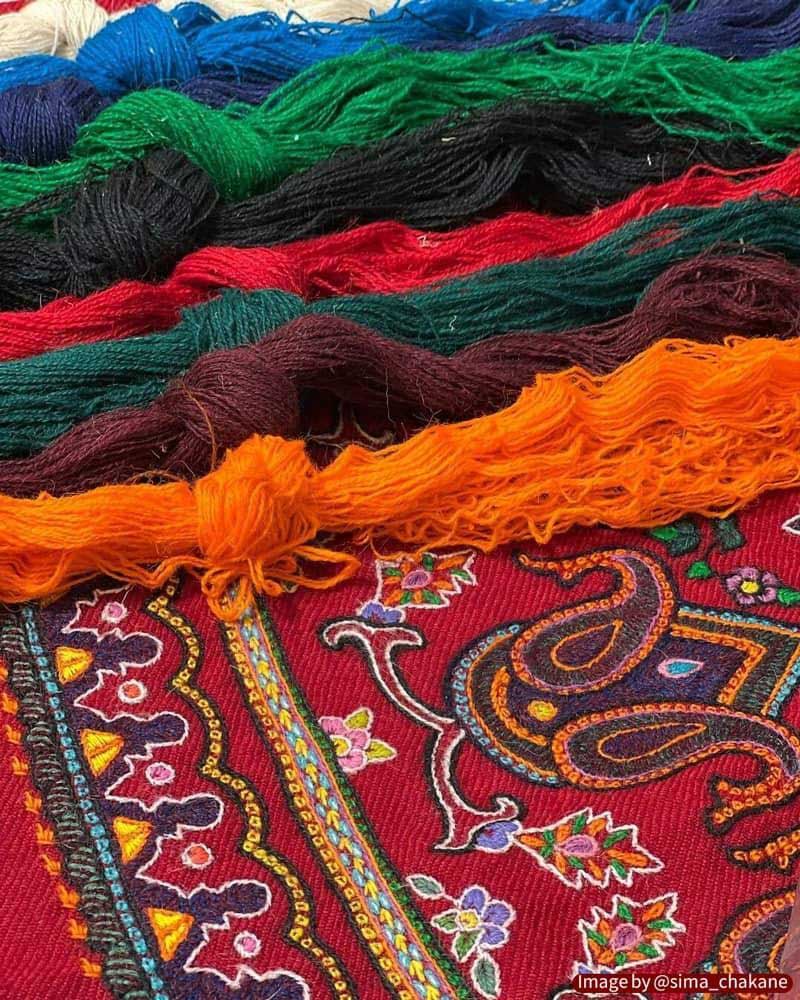
The colors used in this traditional Iranian handicraft include:
- Maroon, green, black, yellow, blue, red, white, orange.
History of Pateh Douzi Embroidery Art in Iran
The first example of Pateh weaving art dates back to 1868. Apart from this Pateh, there is another example showcasing exquisite Shamseh Douzi (sun-pattern embroidery) and Sarfeh Douzi embroidery styles.
This Pateh artwork is accredited to Mr. “Farajollah Kermani”, who was one of the masters of the art of Pateh Douzi embroidery in Iran. Master Farajollah Kermani woven this masterpiece in the 20th century. This artwork is currently on display at the Tehran Museum of Decorative Arts.
There was another example of embroidery art in the Shah Nematollah Vali Shrine in Mahan, Kerman province. This Pateh artwork covered his tombstone. This work of art is of extreme value and the responsible artists have spent a lot of time weaving it.
This very beautiful embroidery art was woven by the hands of 12 master craftsmen from Kerman over three years. The details regarding the creation of this decorative artwork are sewn in a corner of the cover. Currently, this artwork is on display and available to the public in the Nematollah Museum.
Past Applications of Pateh Douzi Embroidery Art
Pateh weaving handicrafts have had many applications in the past. Even now, embroidery artworks are a part of the decoration in many houses in Kerman. Some of the applications of Pateh weaving in Iran are as follows:
- Table cloth, Quran cover, carpet, cushion, coaster, Pateh Embroidery tableau, Sugar bowl cover, Dishware cover, furniture covers, shawls and scarves, gown embellishments.
What is the Difference Between Pateh Douzi and Gol Douzi Embroidery Art?
Pateh Douzi and Gol Douzi (flower embroidery) art are very similar handicrafts, but there are also slight differences. The first difference is in the color palettes of these two arts. In embroidery, they use special colors that are usually darker.
Dark colors make the patterns more attractive due to the type of stitching used in Pateh embroidery. Also, since the Pateh designs are not complex and do not use geometric motifs, the Pateh artist prefers the use of dark colors. While in Goldozi embroidery, you can use all kinds of colors and patterns, and it does not have the limitations of Pateh style embroidery.
Authentic PatehDouzi is embroidered on woolen or thick fabrics without using knotted stitches, and uses stem pattern embroidery, Roo-Douzi embroidery, and leaf-pattern embroidery, while in Goldozi embroidery, the variety of fabrics and types of stitchwork is more.
Pateh Embroidery Designs in Iran
The art of Pateh weaving, like many Iranian handicrafts, has its designs and motifs. Some of the embroidery designs are as follows:
- Botteh Miri, Botteh Jegheh, Lachak o Toranj (corners and the garden), Afshan (scattered), Termeh, Flowerpot, animal motifs, Toranjdar, Sarv (cypress tree), etc.
Kerman Pateh Embroidery Art
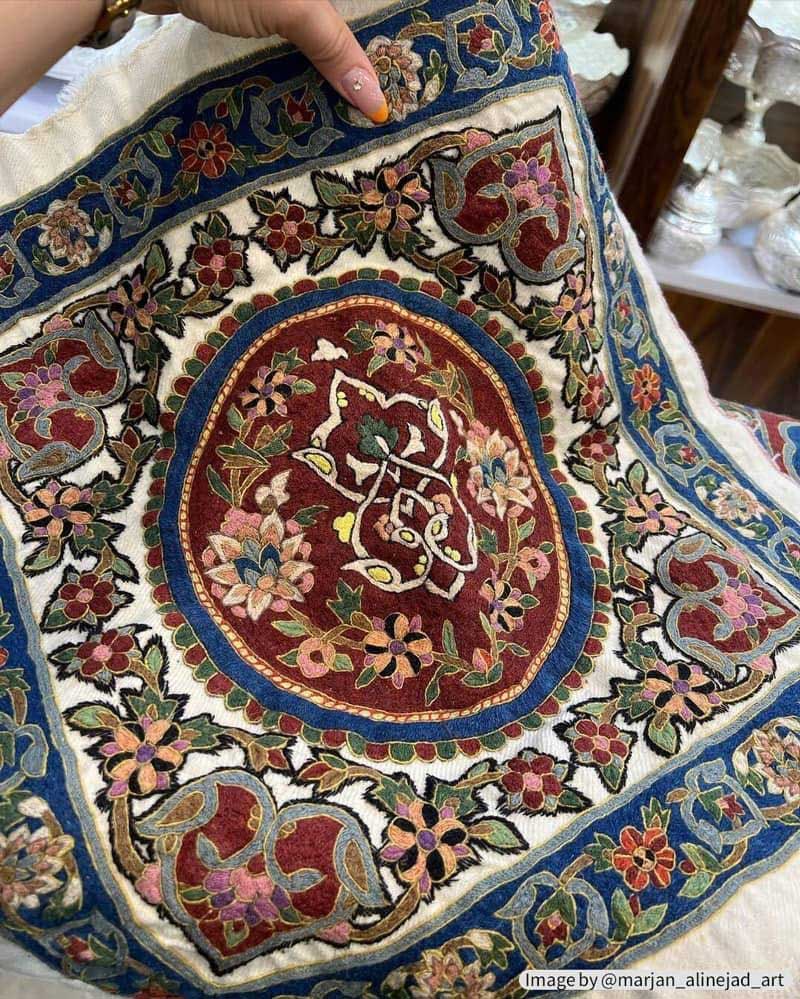
Pateh weaving and embroidery art in general is one of the important and famous handicrafts of Kerman. The most renowned embroidery masters were from this region, and still, the most beautiful original embroidery designs were created by Kermani artists. Not only Kerman City but also other cities in Kerman province are highly skilled in embroidery art in Iran.
In Kerman, in addition to the applications mentioned above, embroidery also has the following applications:
- Clothes Bundle: Kermanis called these bundles “Soozani” and used it to wrap clothes for a trip to traditional bathhouses, a dowry for newly-wed brides, etc.
- Platter Cover: One of the applications of Pateh embroidery in Kerman is to use it as a “Tray Cover” or “Pa Samavari”. If Pateh is used as a platter cover, the edges are unraveled so that it spreads around the platter, making it more beautiful.
- Tablecloth: Pateh Douzi’s artworks are of great value to Kermanis and they use them as wedding tables, Haftsin spreads, and table covers for mourning ceremonies.
- Clothes Embellishment: Some clothes, such as traditional gowns and shawls, are decorated with the art of embroidery. These embellished items of clothing have a higher price than ordinary gowns.
In Kerman, Pateh weaving is also used as a wallet, backrest covers, cosmetic tube sheaths, tissue box covers, etc.
Get Traditional Souvenirs by Visiting Pateh Douzi Embroidery Art Workshops in Iran
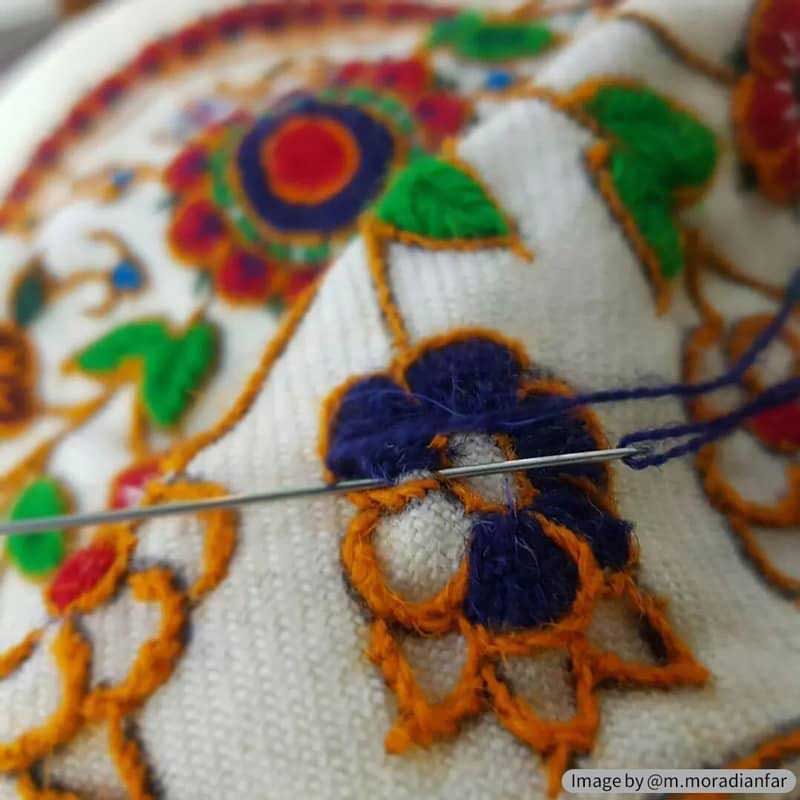
Destination Iran suggests visiting the embroidery handicraft workshops and buying the Pateh Douzi products. By purchasing traditional handicraft products from each region, you can adhere to the principles of responsible tourism and help boost the local economy.






